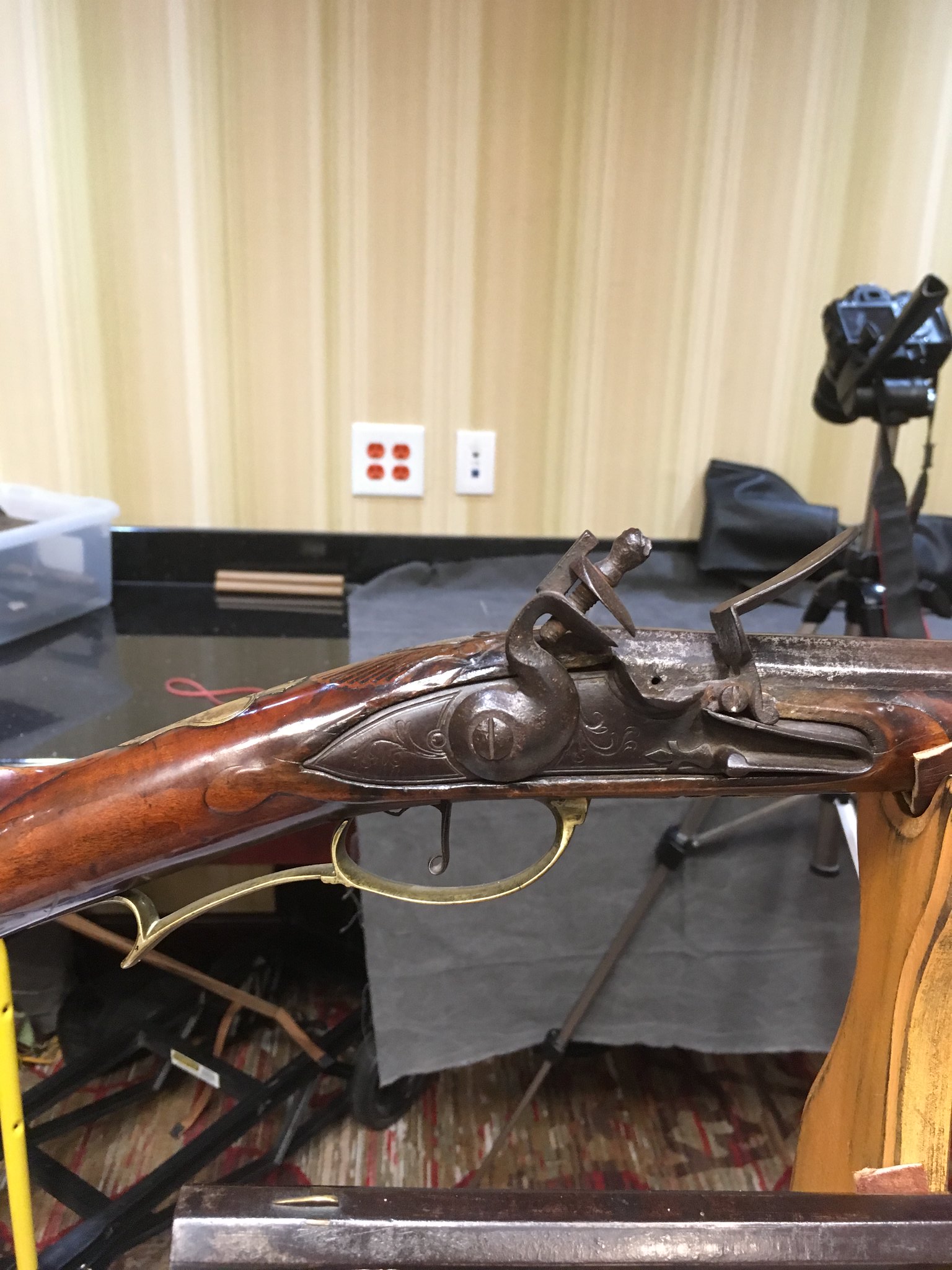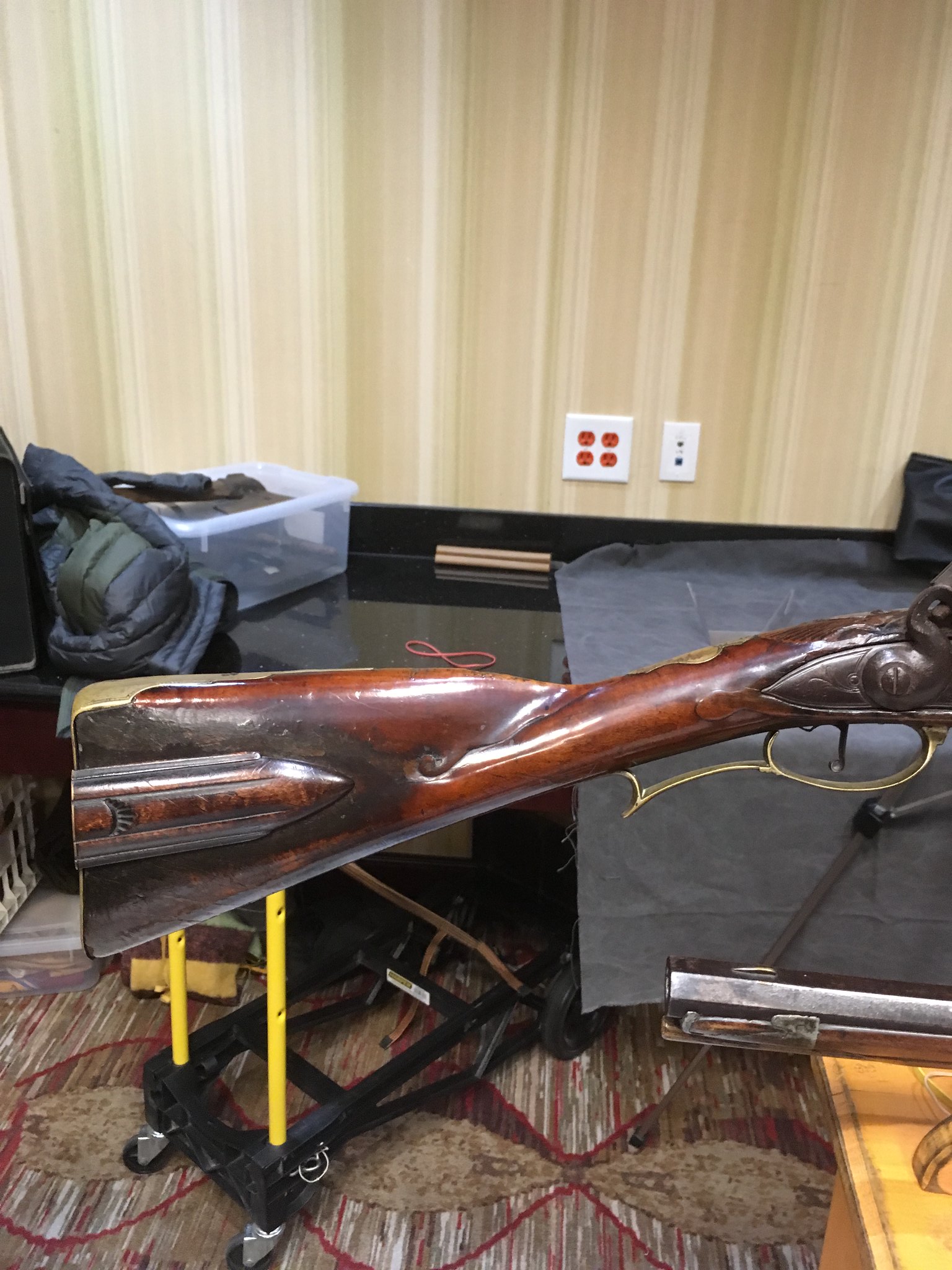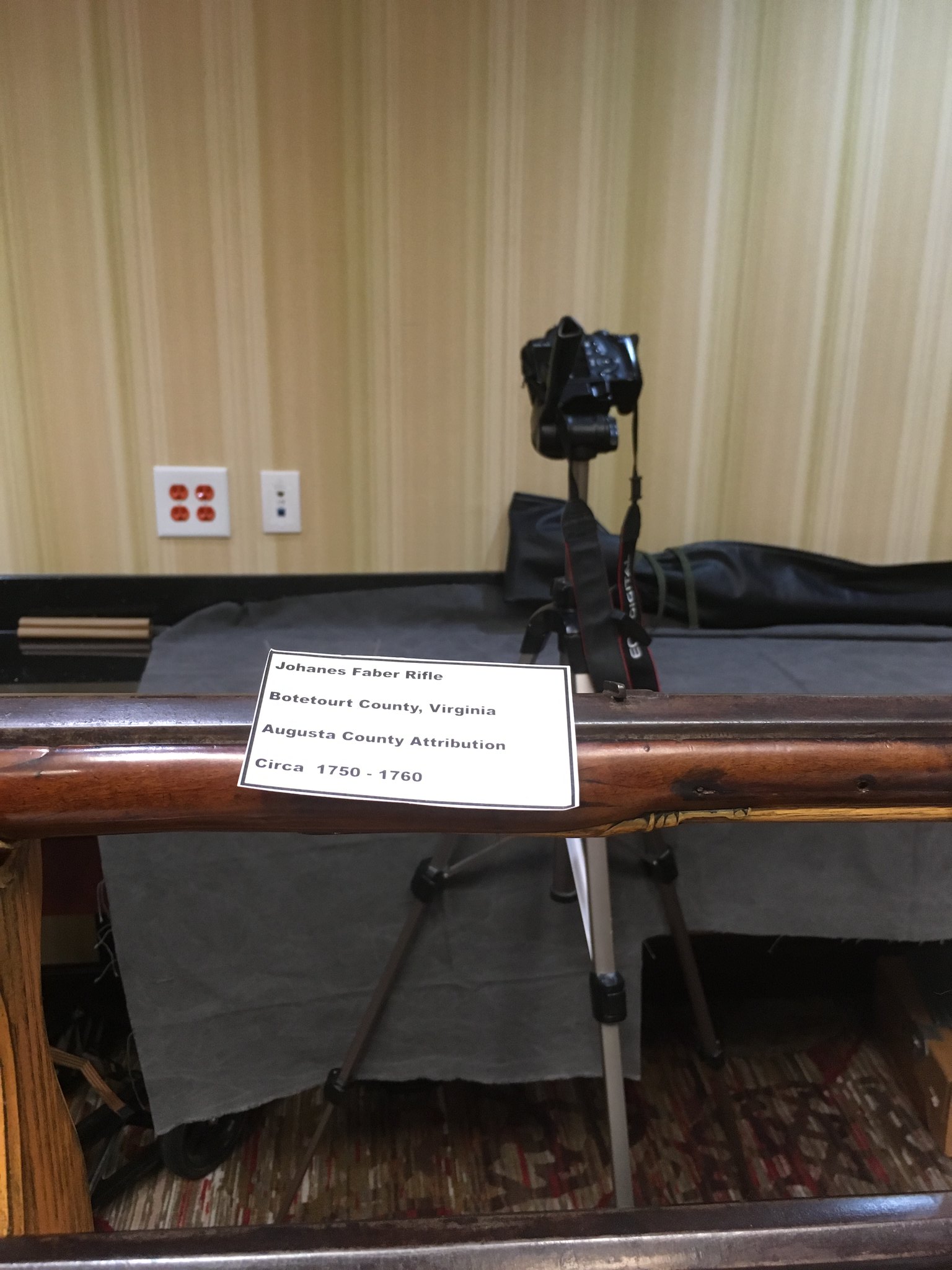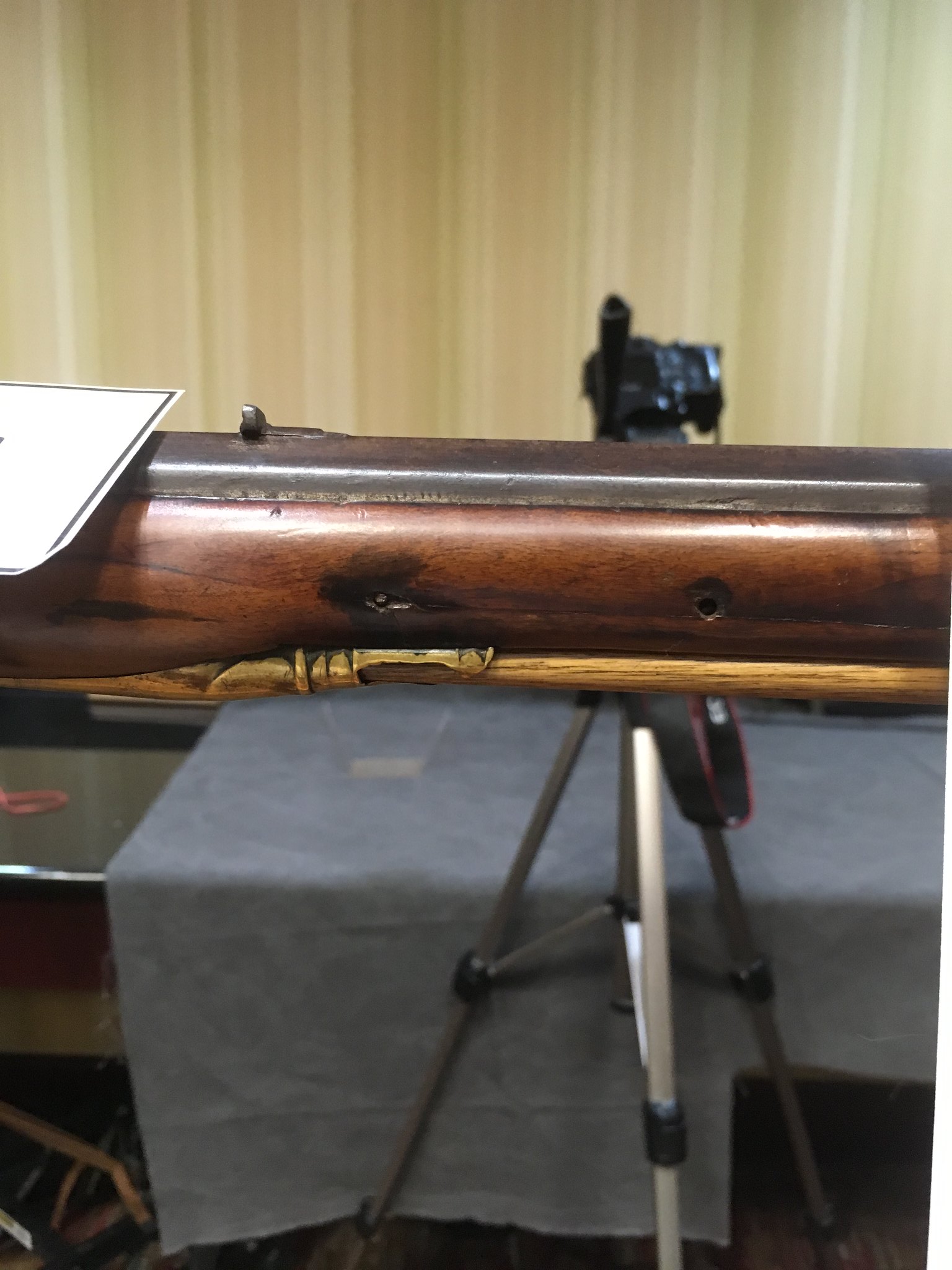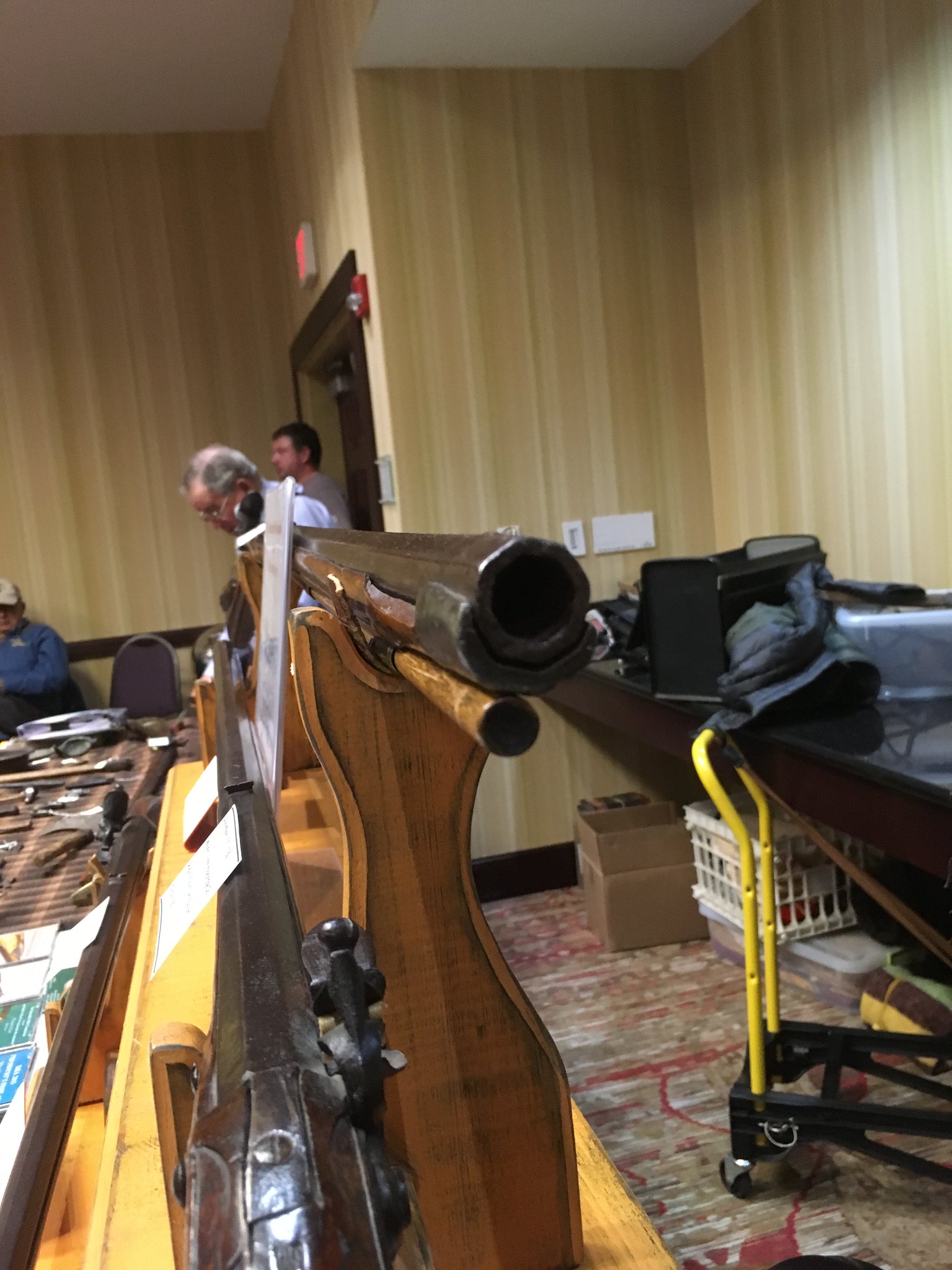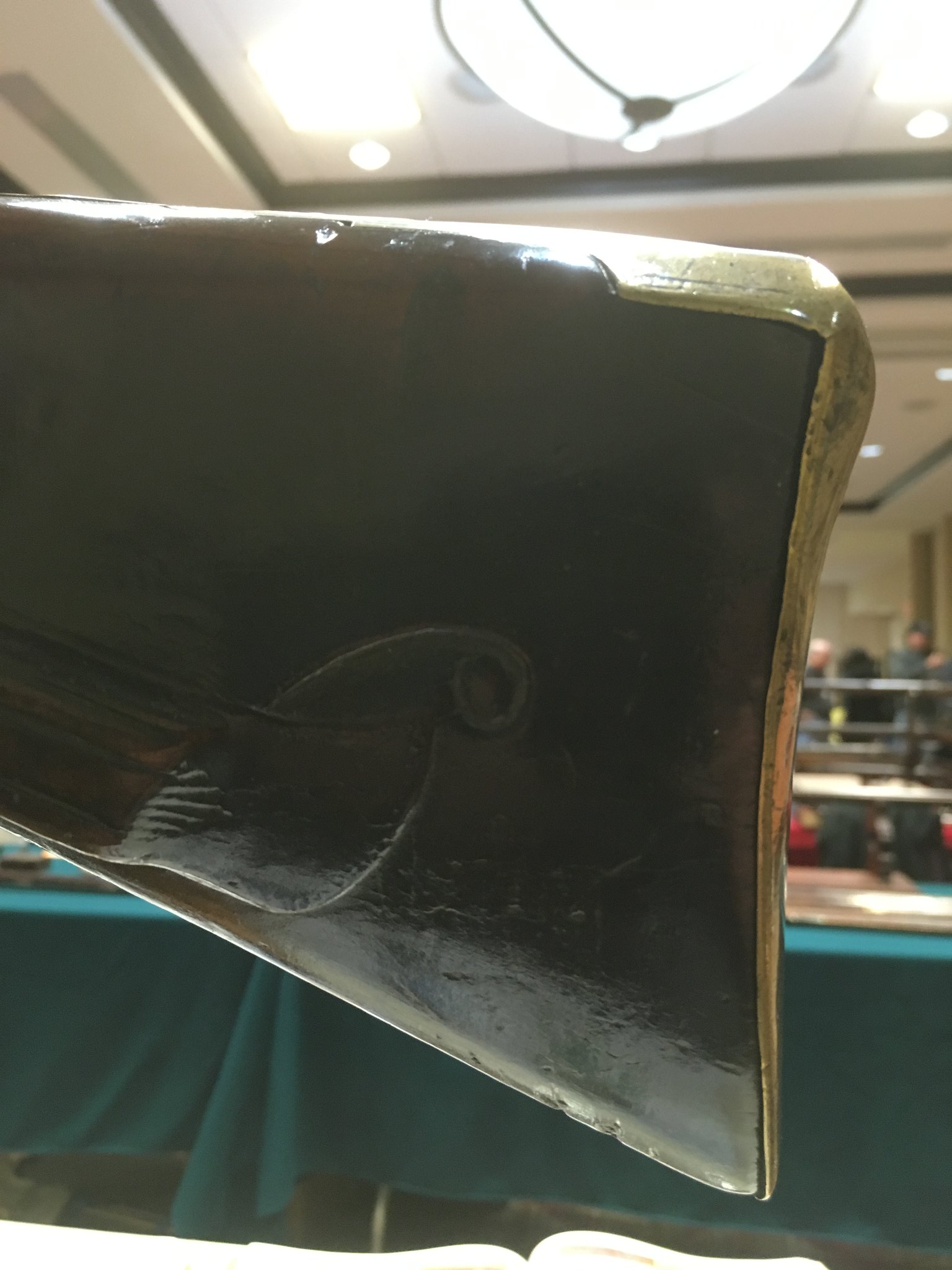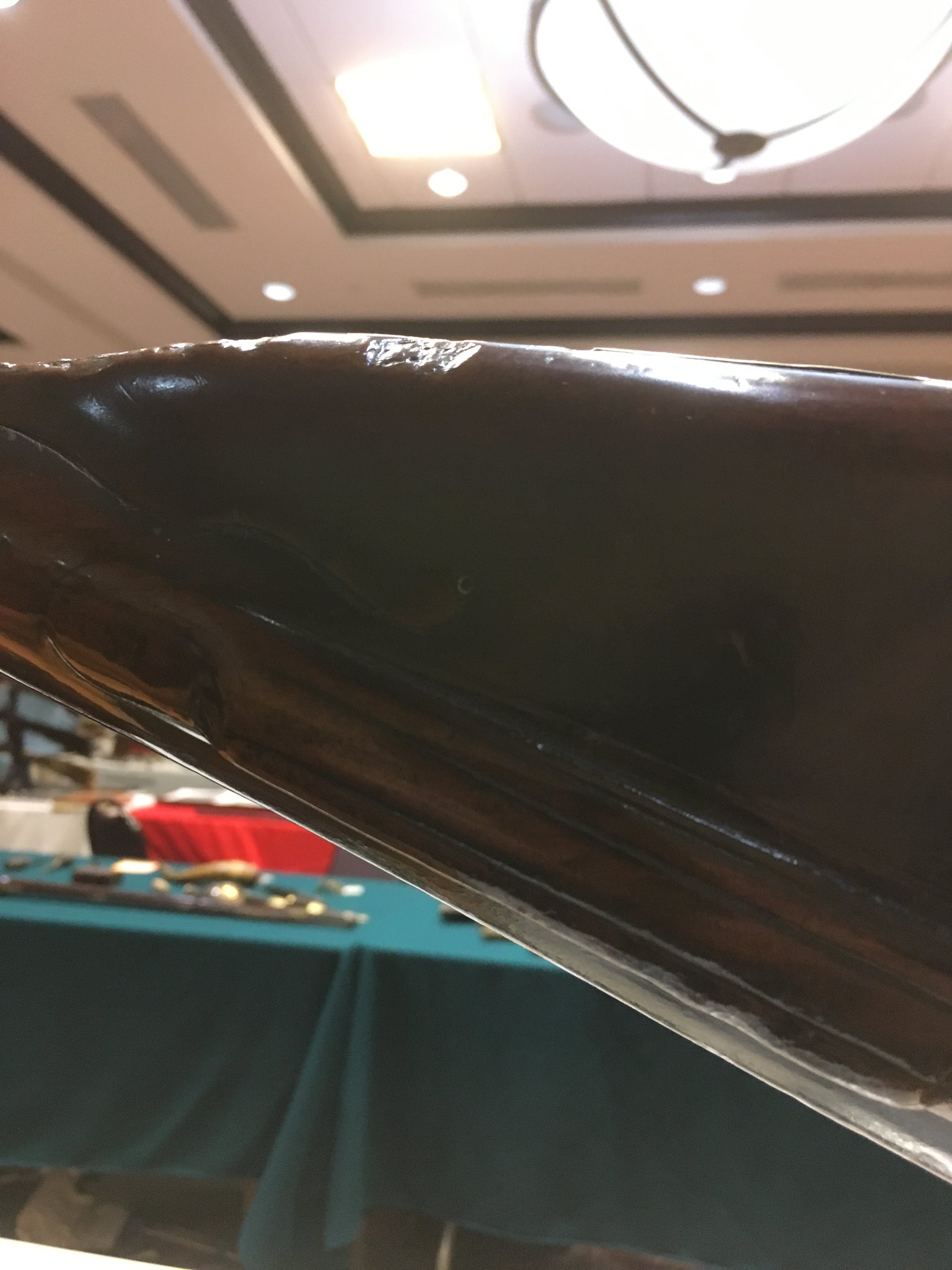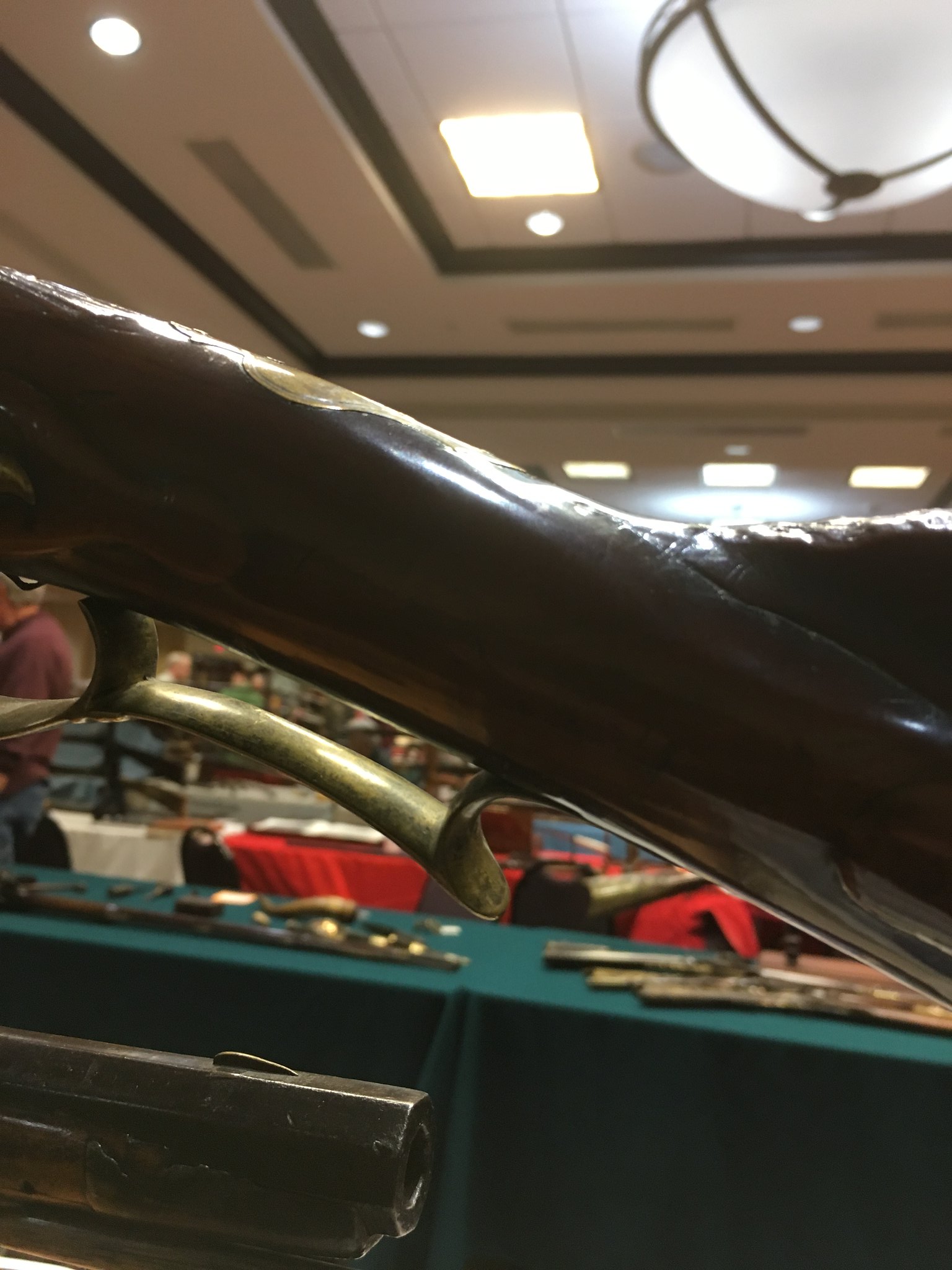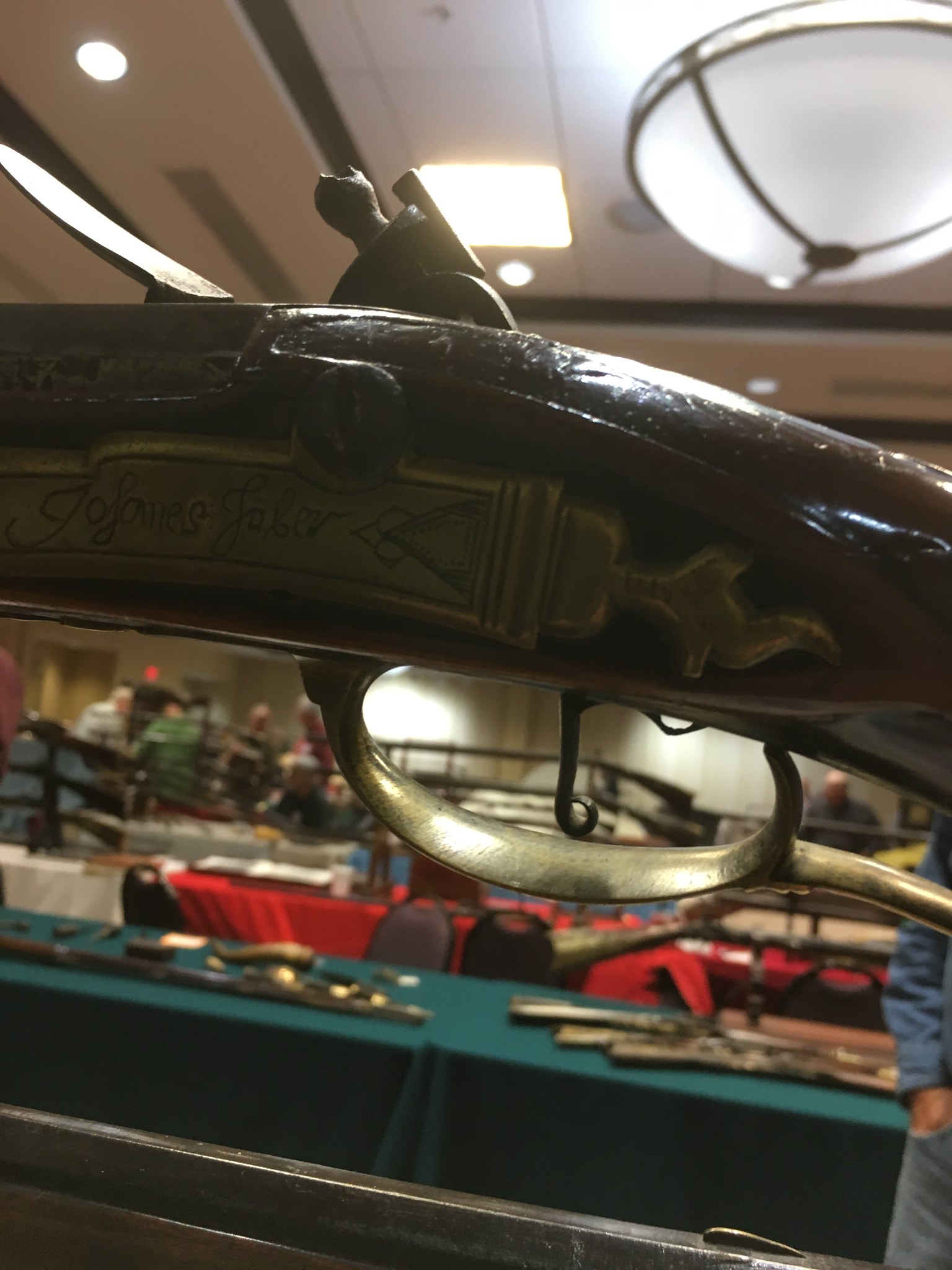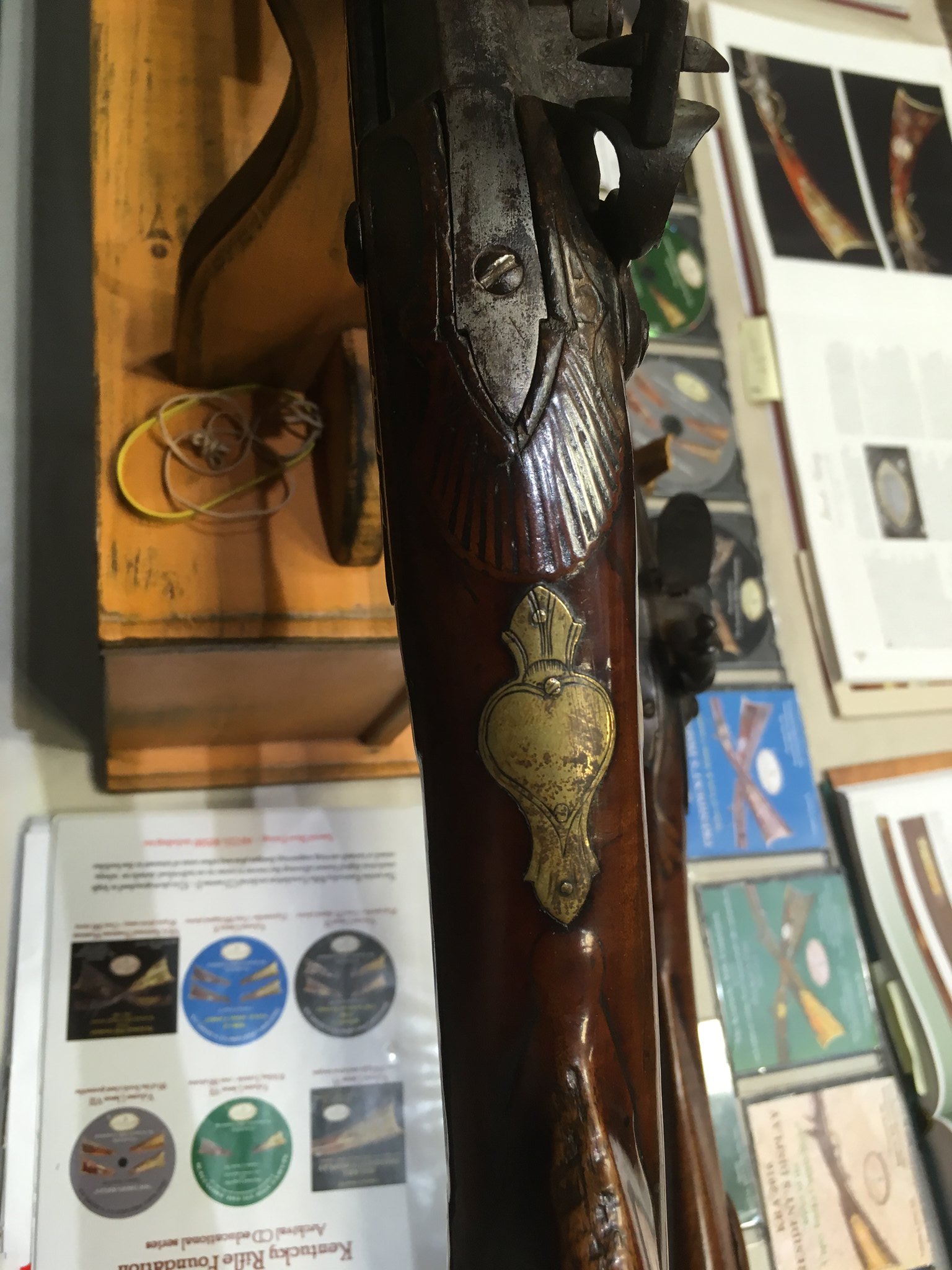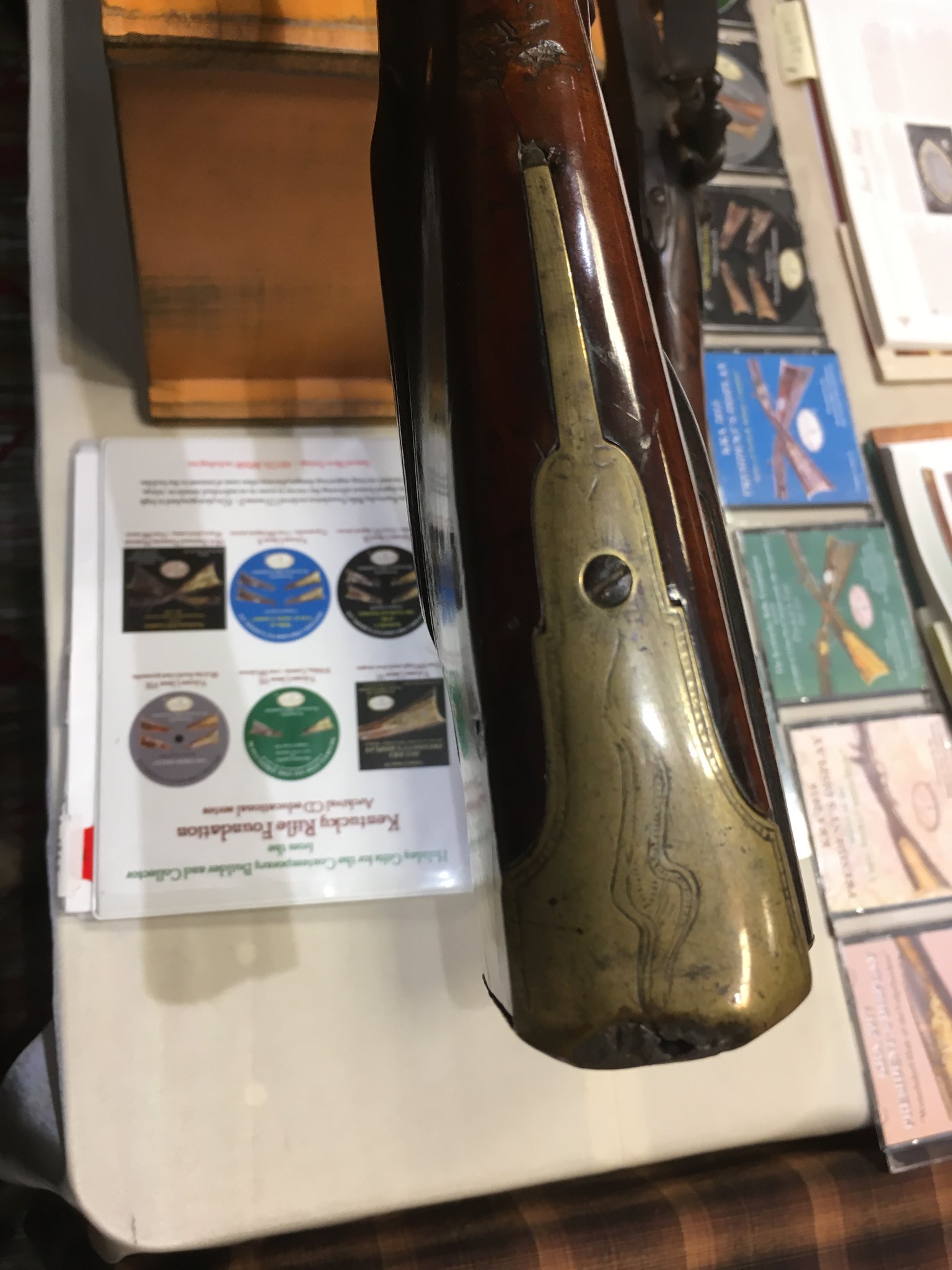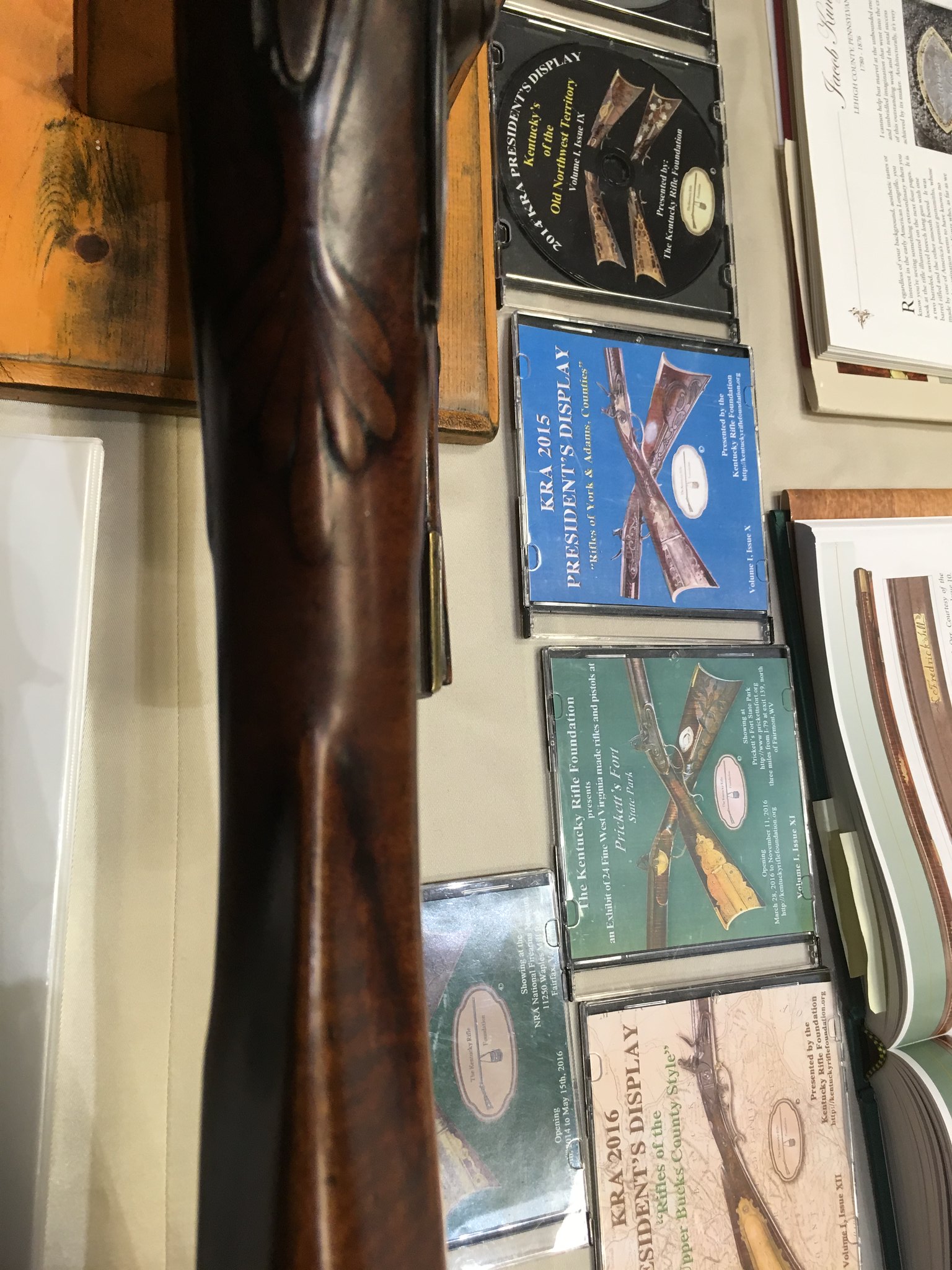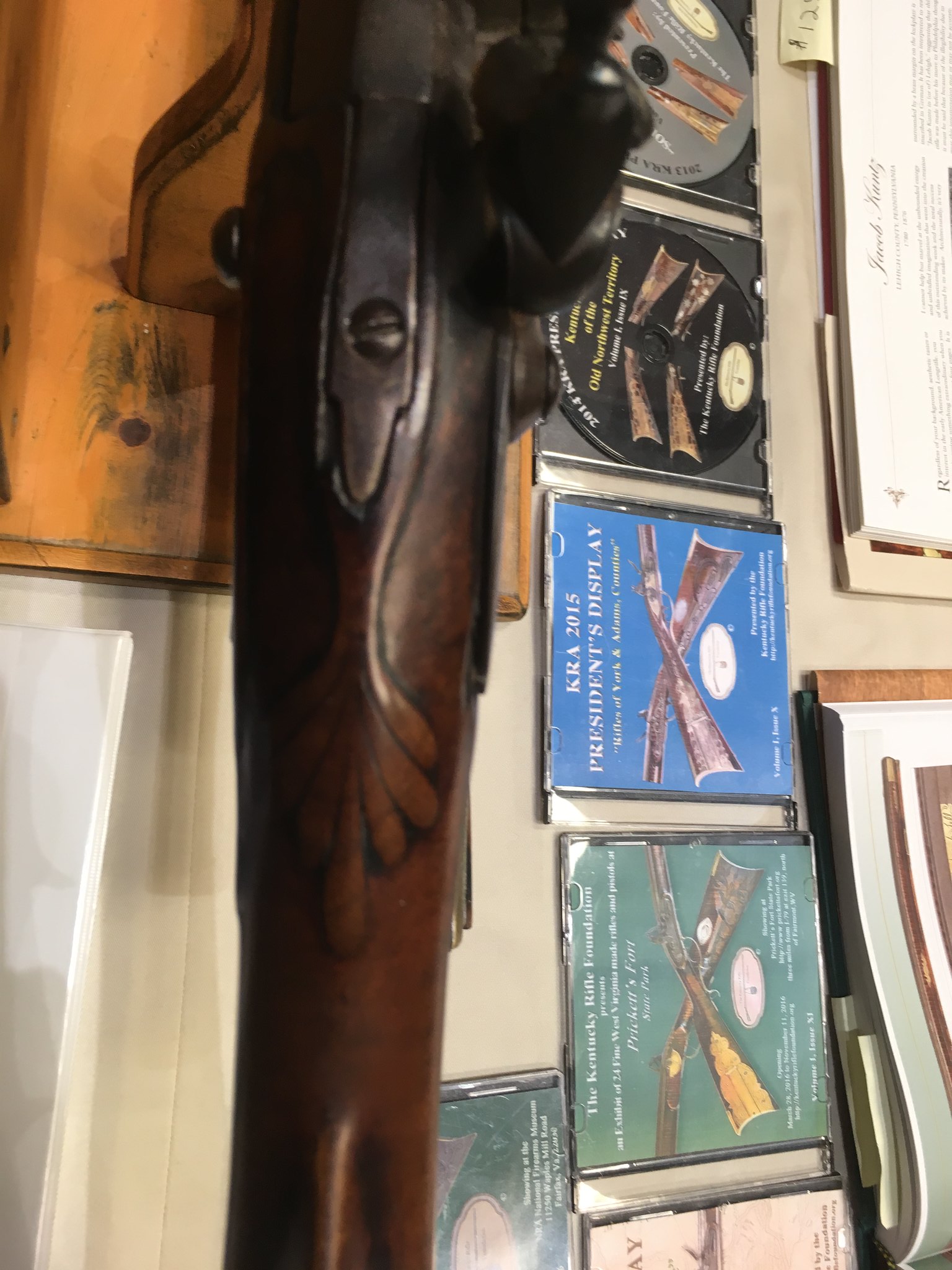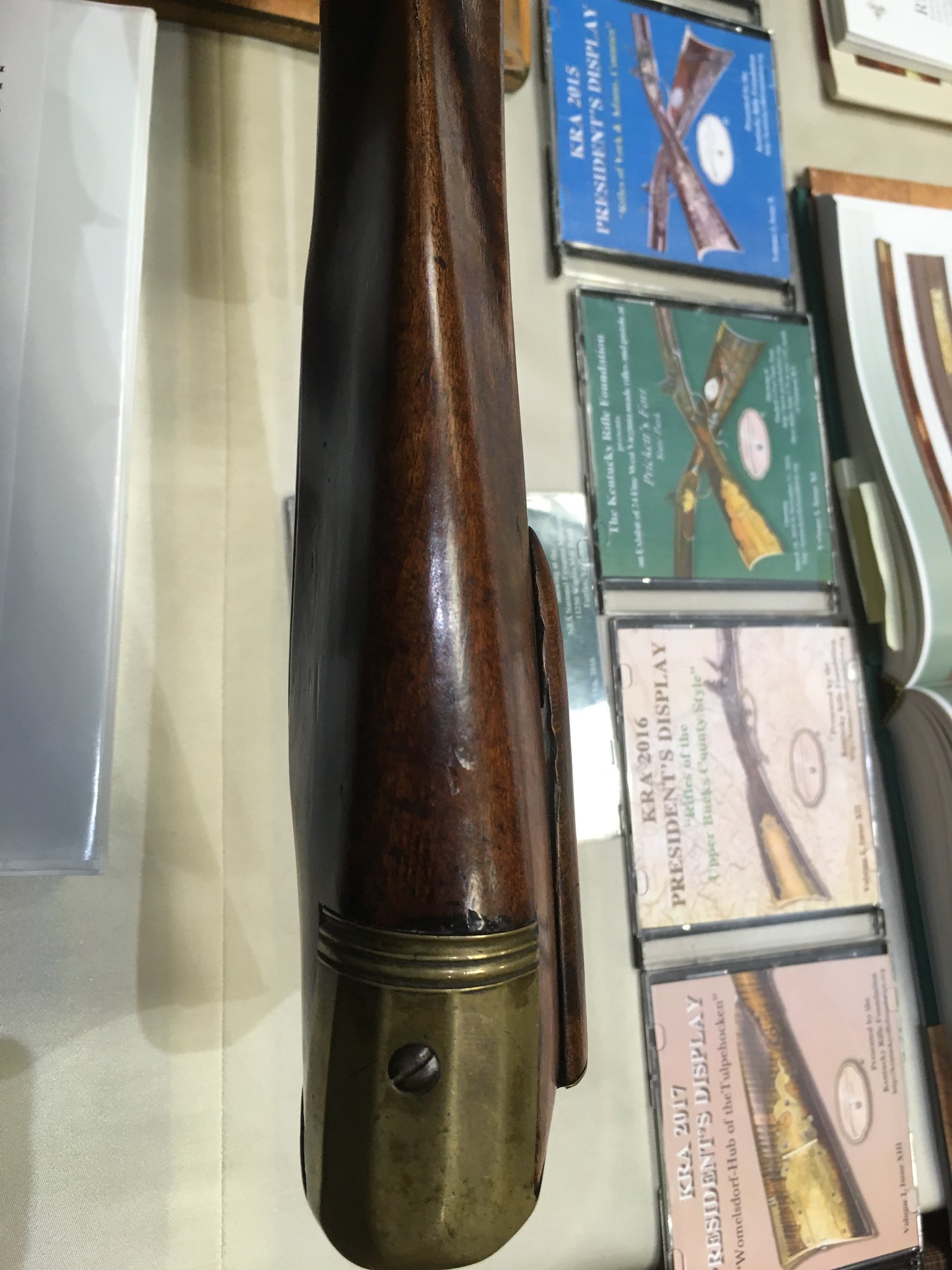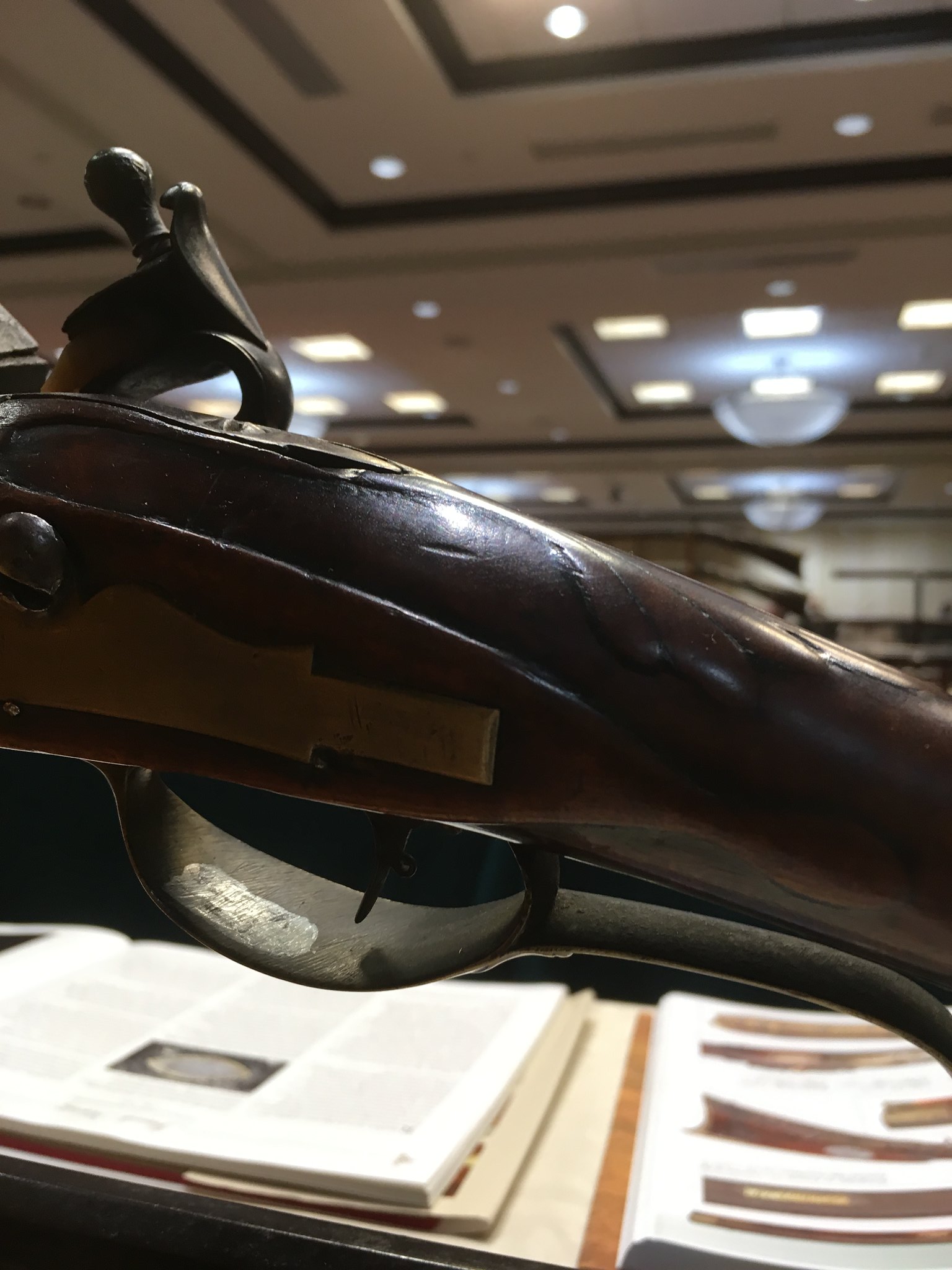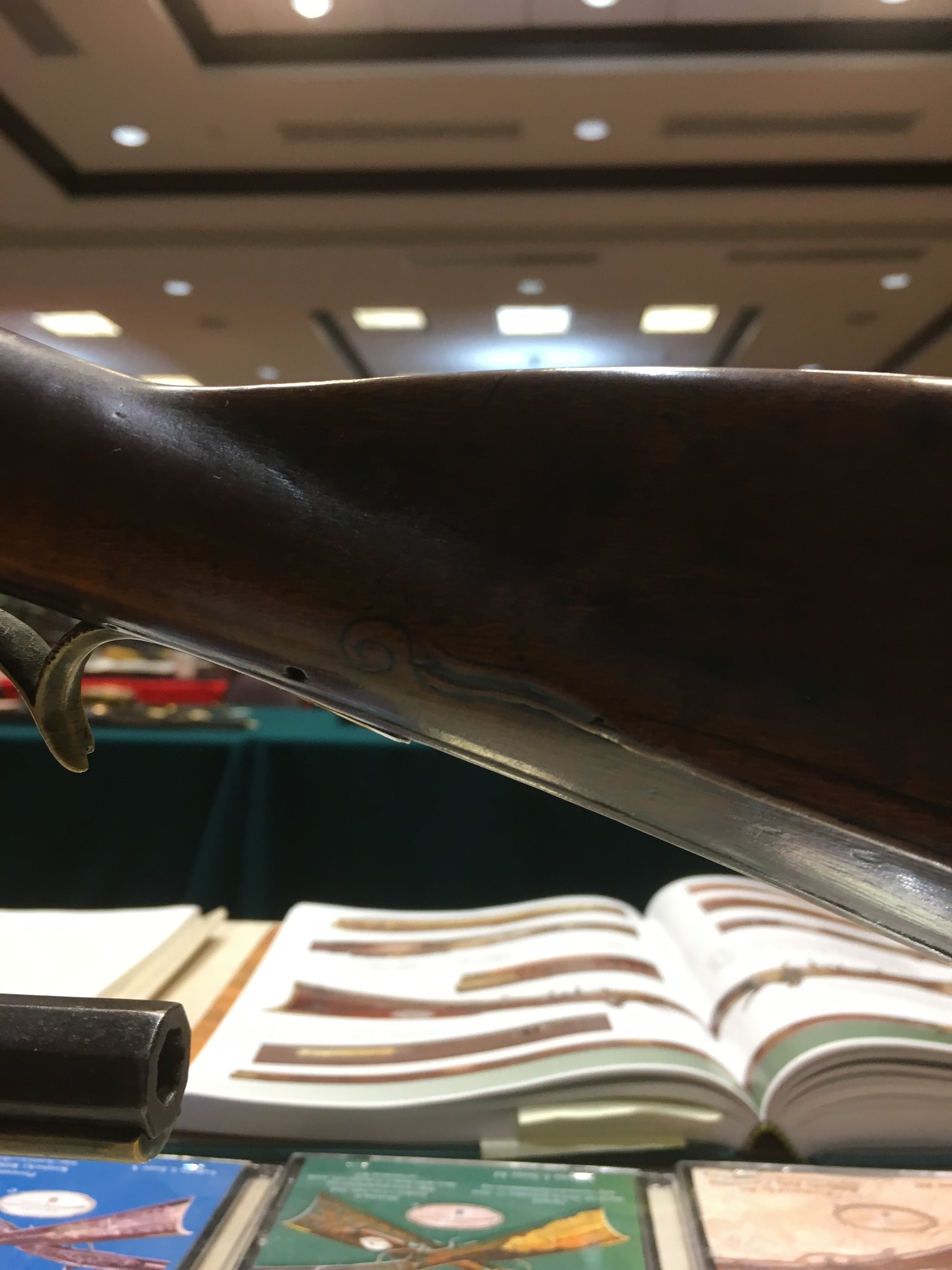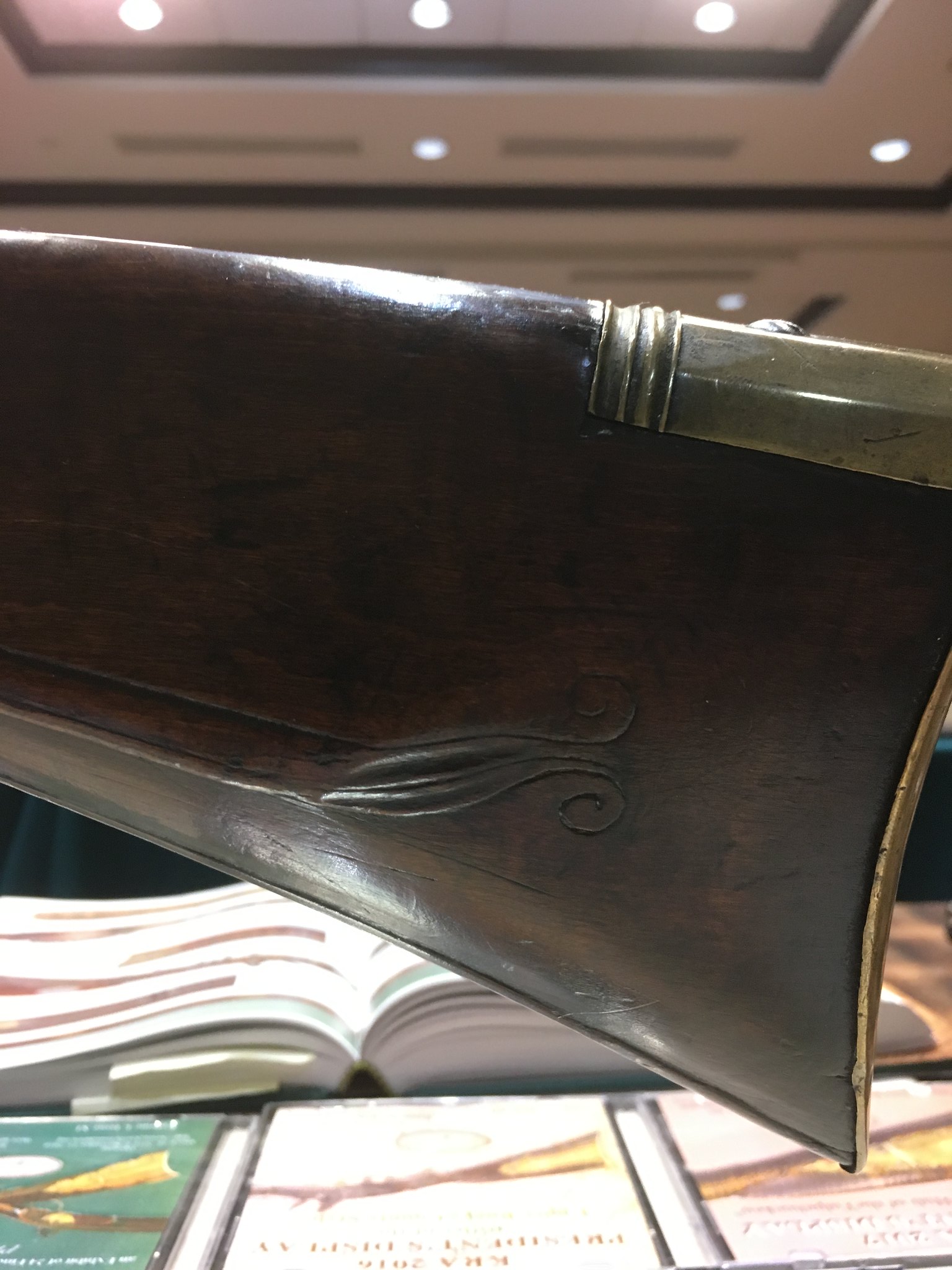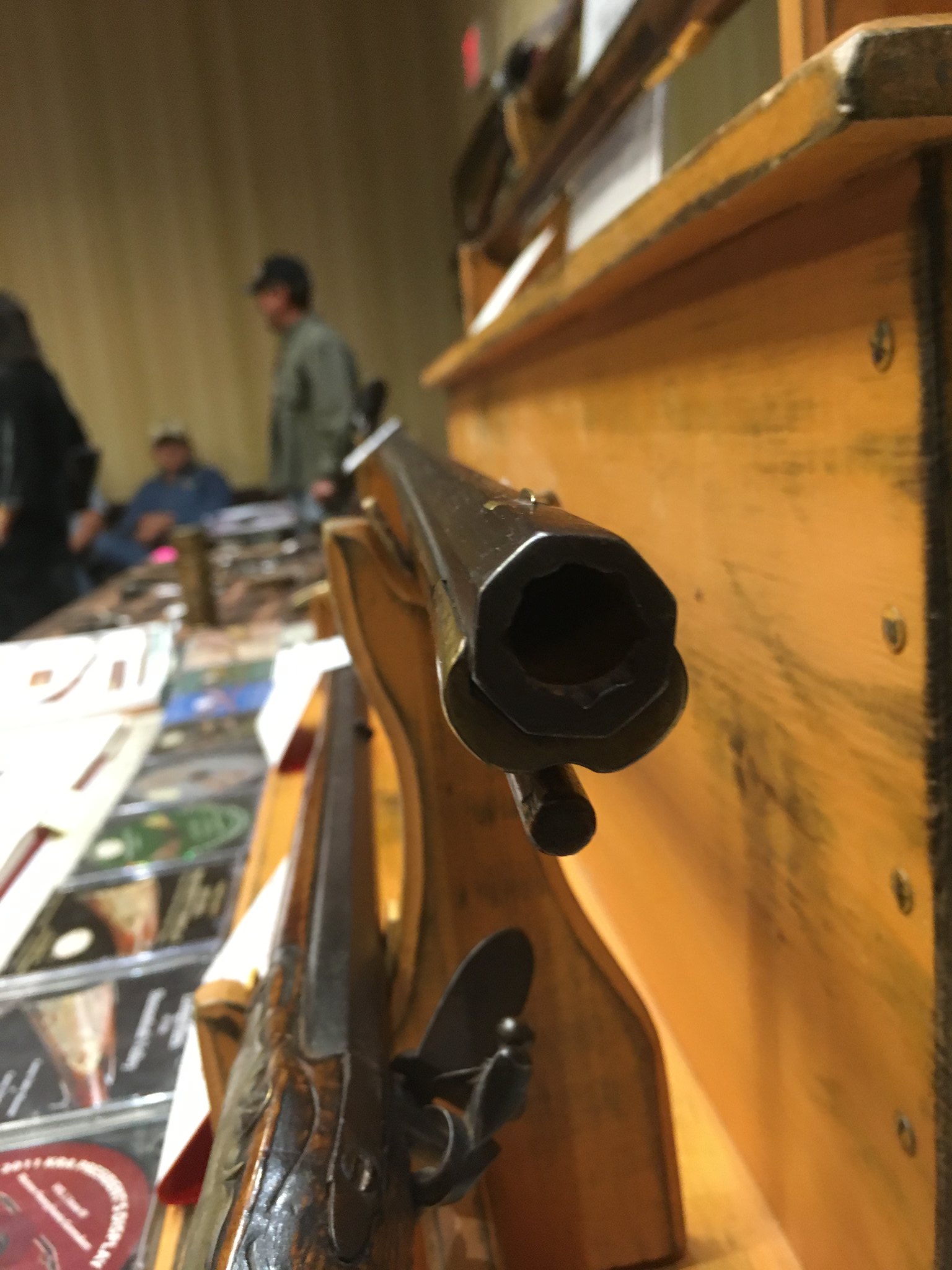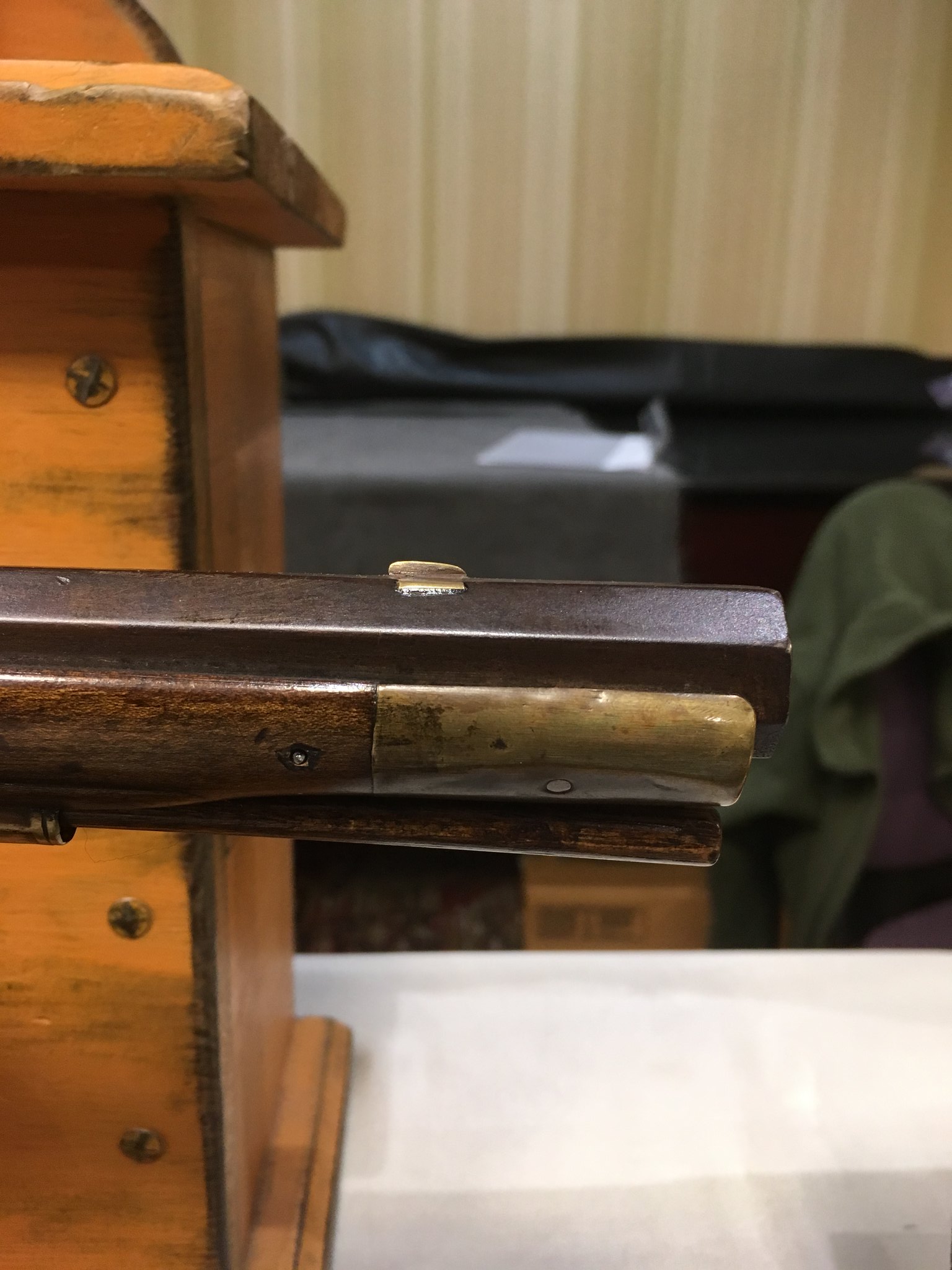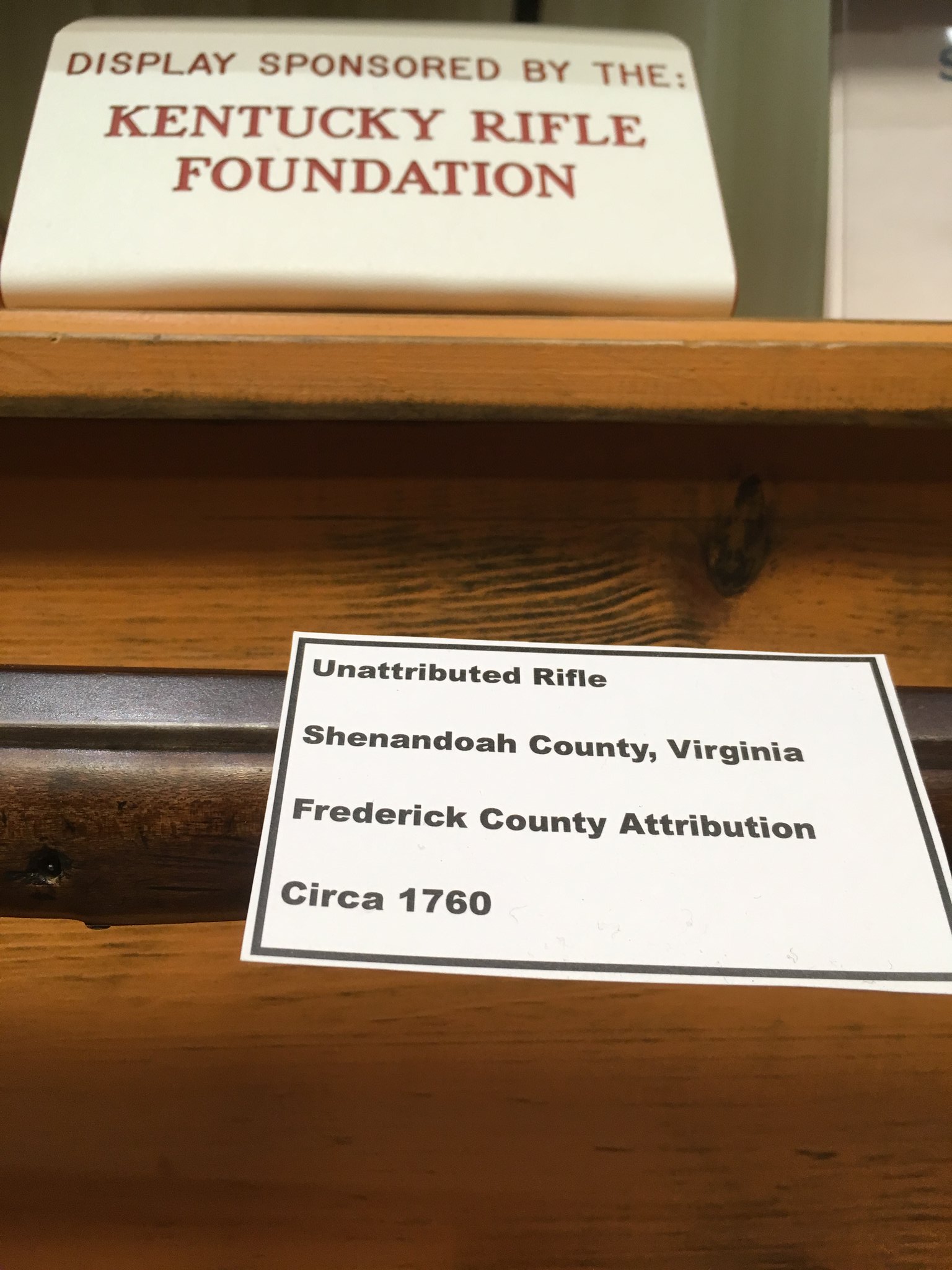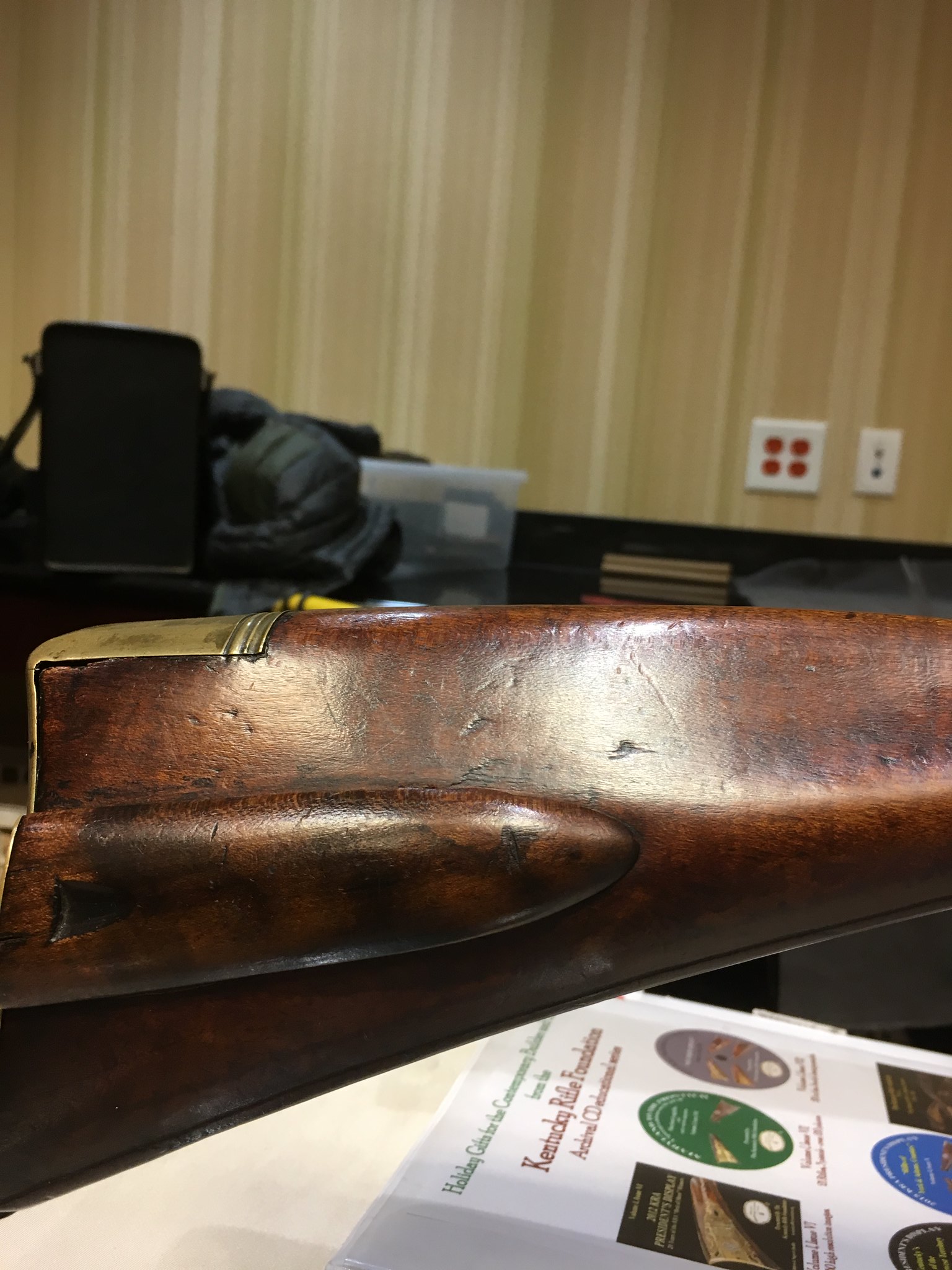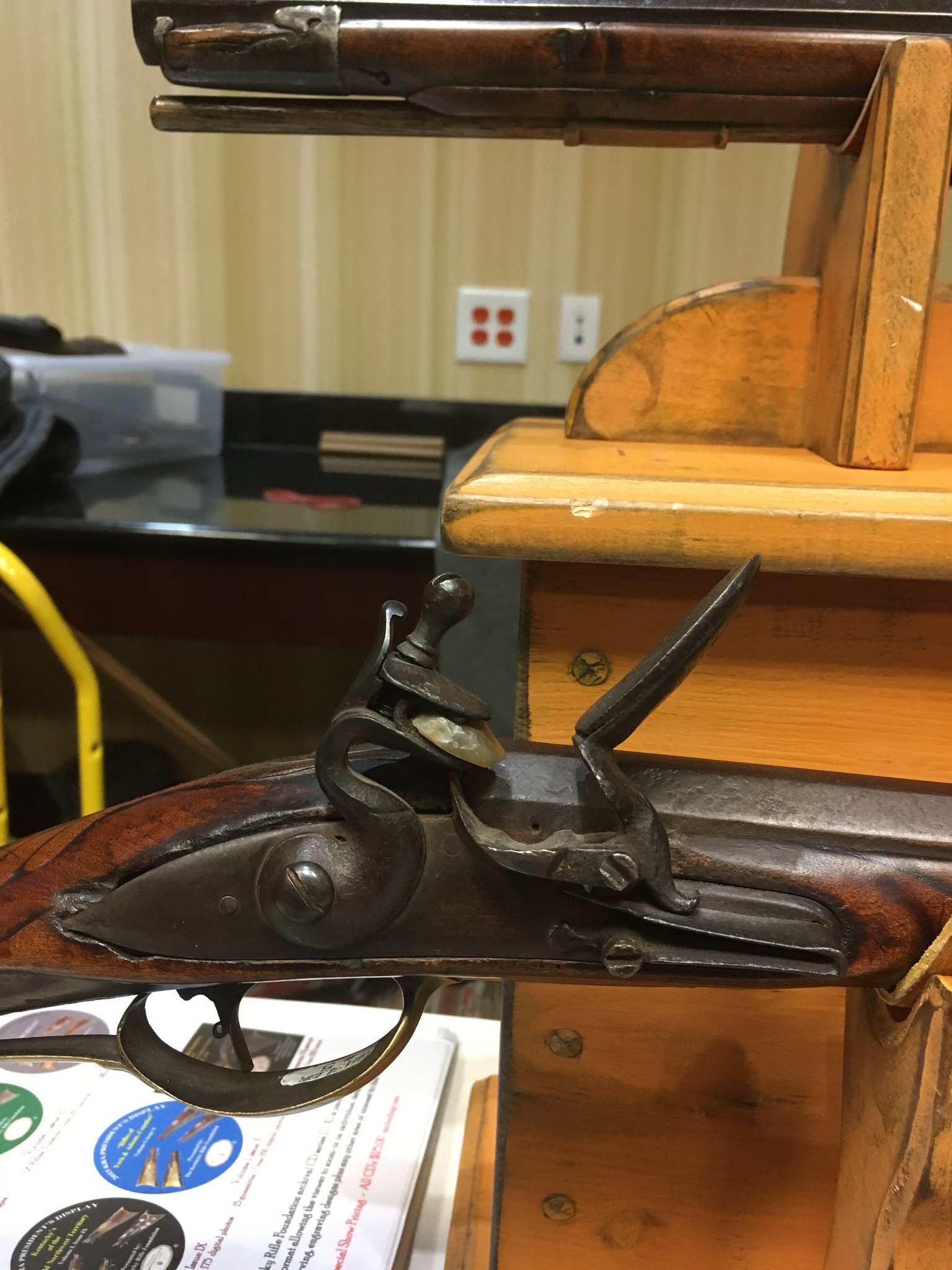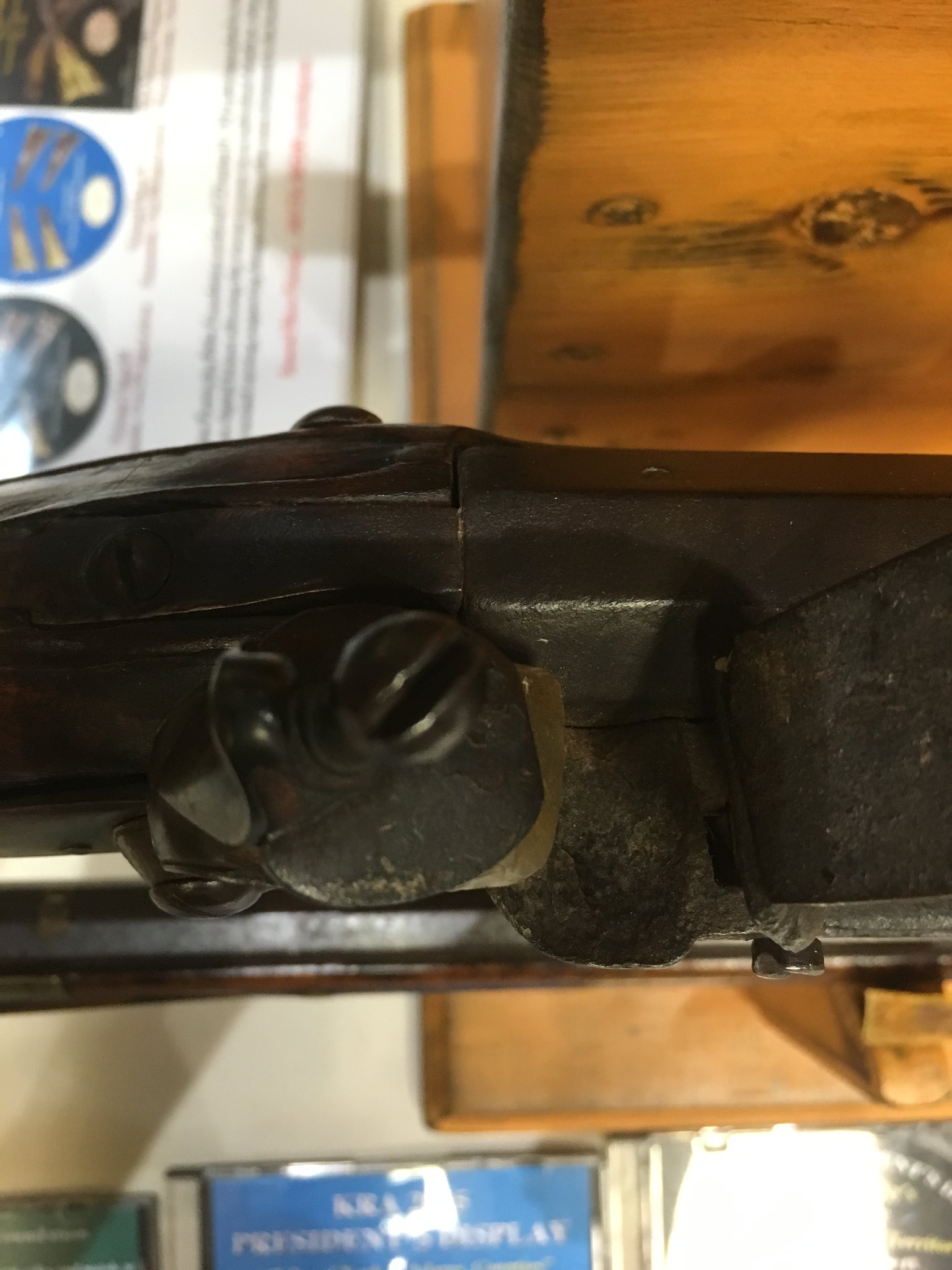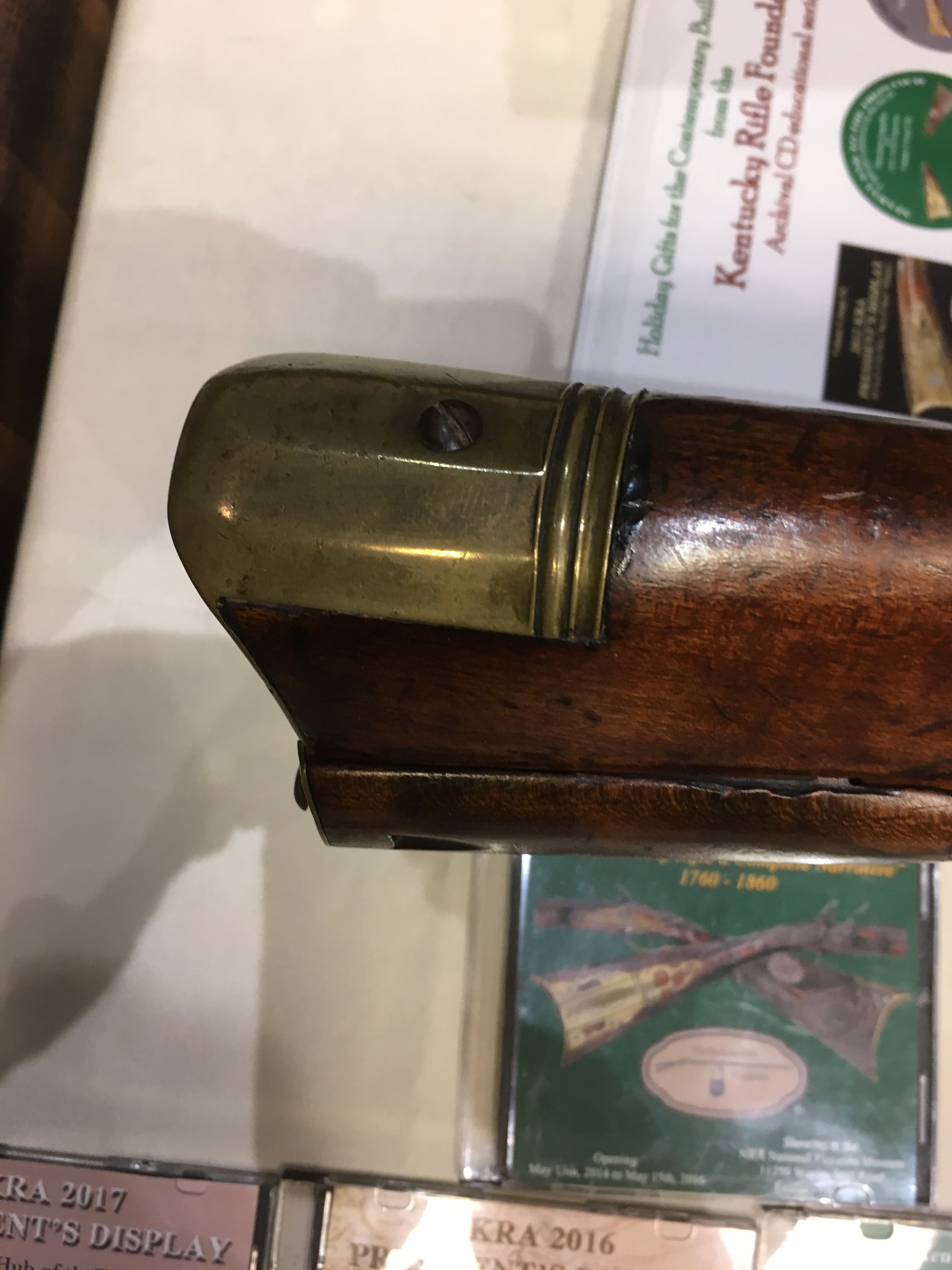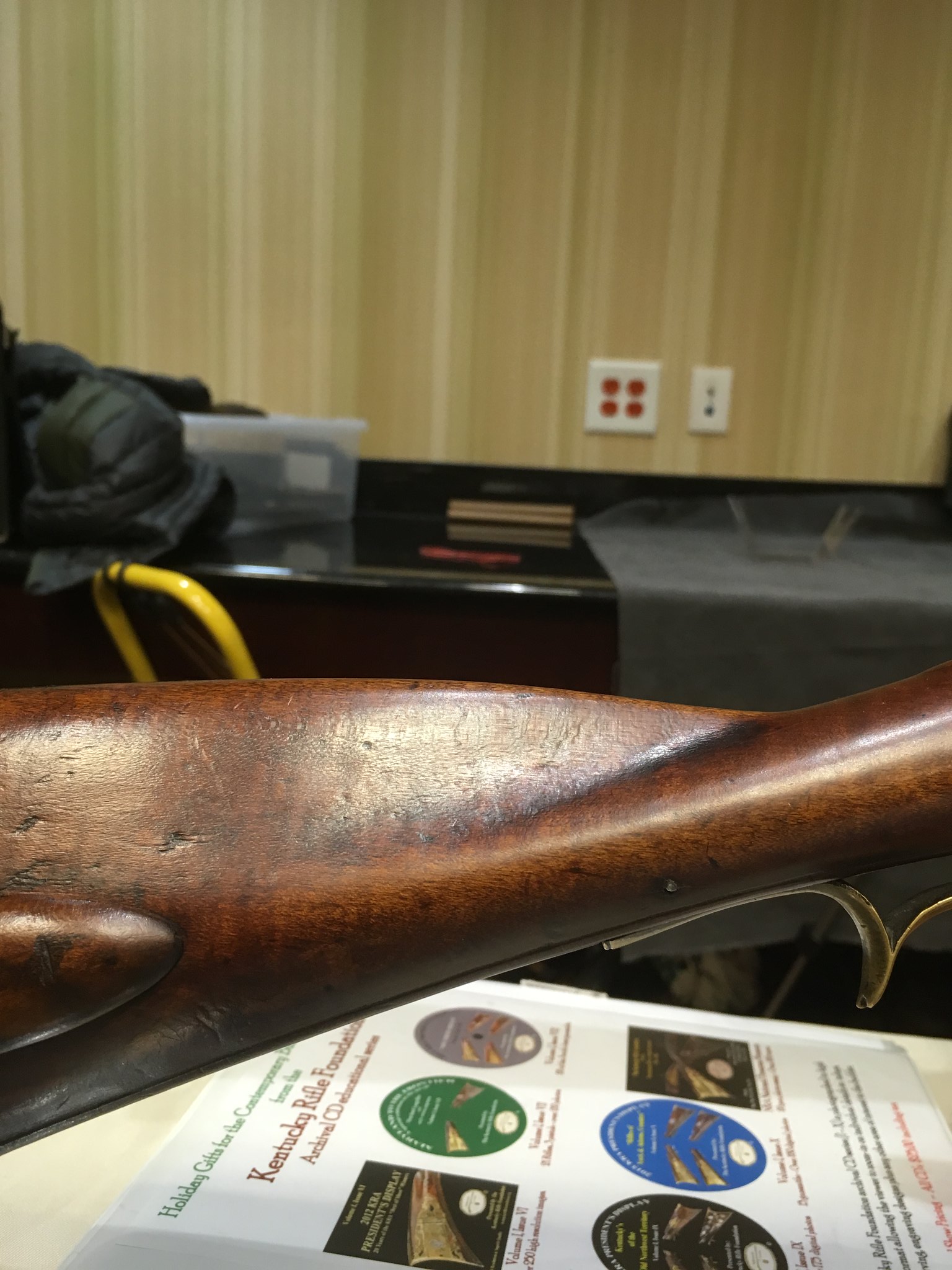Henry Bowman
32 Cal.
- Joined
- Jan 10, 2017
- Messages
- 20
- Reaction score
- 0
So, I'm trying to build a flintlock styled after what my GGGGGGrandfather might have carried. He was born in 1740 in the Shenandoah valley (Augusta County, VA) and he was married in 1764 in Harrisonburg (which was then Rockingham Co.), Virginia.
Anyone have pointer toward reference material?
I understand the stock carving was simple at the time in the area - the focus being on the gun rather than the artwork aspect. I'd like to style this one to reflect what he probably carried as a young man which meant that he would have gotten it from the local area there in Rockingham County in the 1760s (give or take a few years).
I'm starting with one of Jim Kibler's Colonial kits that I bought at the CLA show last weekend. I am well pleased with the kit - plus, it's already started with the right time/area aspect.
I realize that I can't possibly match my GGGGGGreandpa's long-lost rifle but, I would like to capture the essense of what he may have carried.
Thanks in advance.
Anyone have pointer toward reference material?
I understand the stock carving was simple at the time in the area - the focus being on the gun rather than the artwork aspect. I'd like to style this one to reflect what he probably carried as a young man which meant that he would have gotten it from the local area there in Rockingham County in the 1760s (give or take a few years).
I'm starting with one of Jim Kibler's Colonial kits that I bought at the CLA show last weekend. I am well pleased with the kit - plus, it's already started with the right time/area aspect.
I realize that I can't possibly match my GGGGGGreandpa's long-lost rifle but, I would like to capture the essense of what he may have carried.
Thanks in advance.





